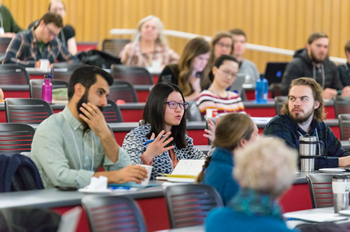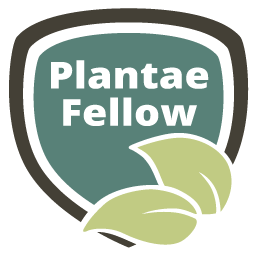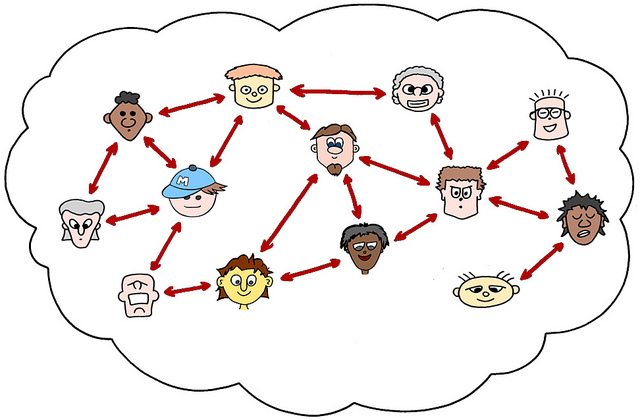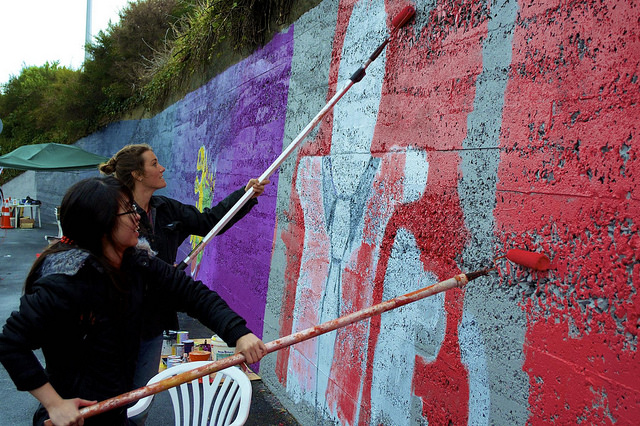We’re continuing to share reflections from the 2017 Community Engagement Fellows on the blog. In today’s post, Andy Leidolf introduces his four part series, “The Community Manager’s Survival Guide: Building Social Capital in Large, Heterogeneous, Geographically Dispersed Research Networks.” You can catch up on all posts by the Fellows here.
Posted by Andy Leidolf, Coordinator, Honors Program, Utah State University, and Executive Director, Society for Freshwater Science. Leidolf served as iUTAH Assistant Director and Project Administrator from 2014-2018.
If you have been following my series of blog posts (thank you!), I have probably succeeded by now in convincing you that iUTAH was a large, complex, and diverse project that would pose any number of challenges for even the best-trained and most well-resourced community manager. Having already shared my thoughts on how to deal with geographic dispersion and institutional diversity, I want to end by considering a third and final challenge: transcending boundaries imposed by collaborators’ differences in disciplinary background.



